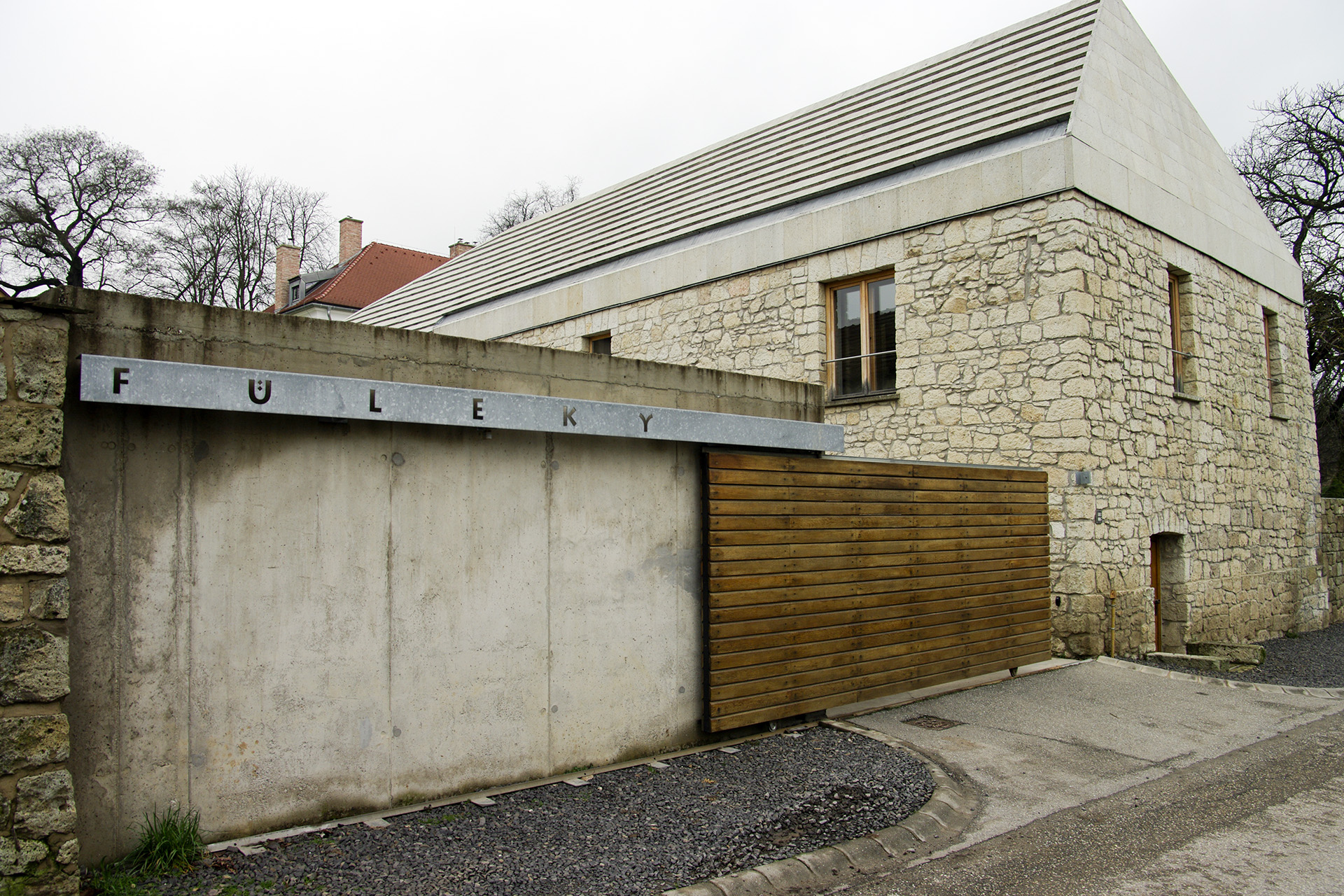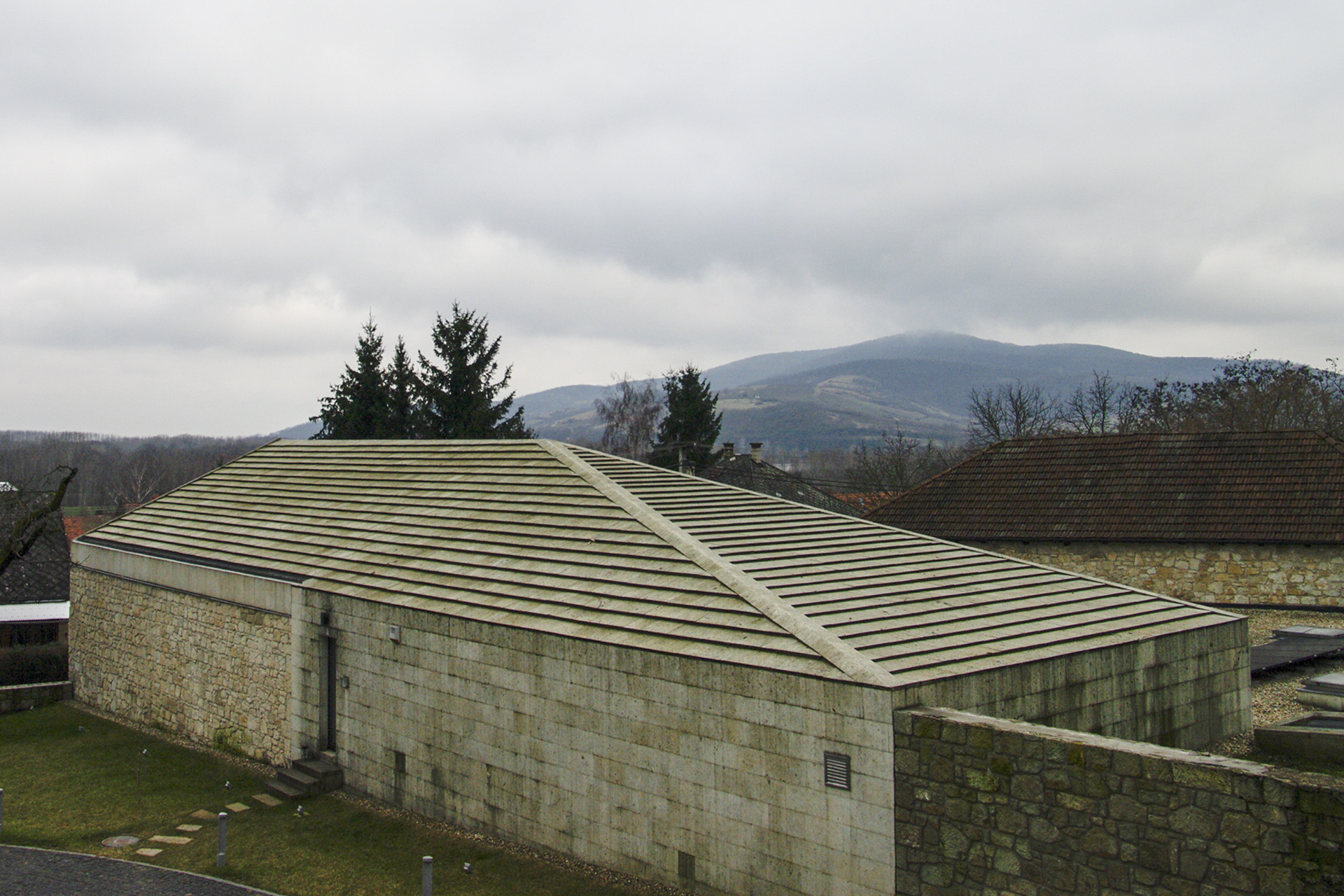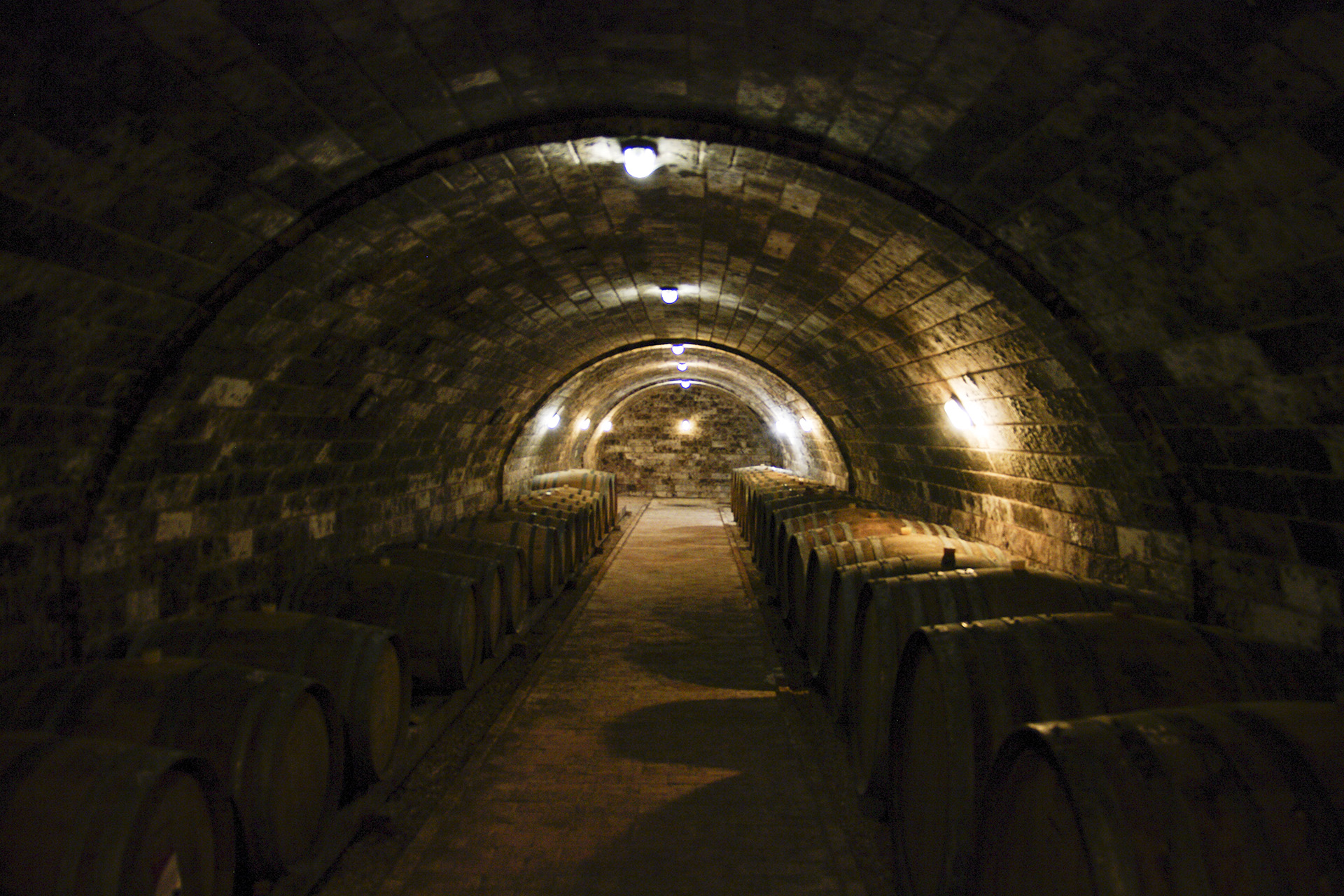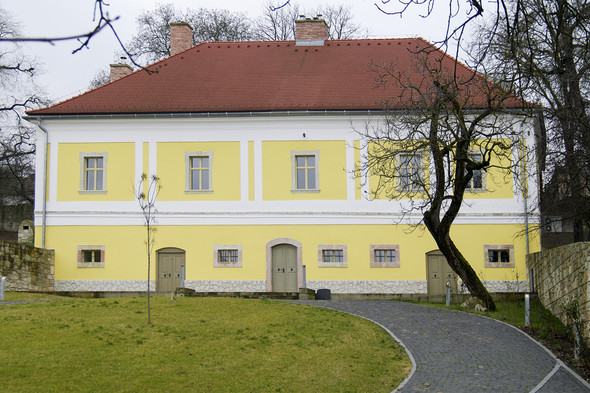There is a winery in the Tokaj region whose wines are little talked about, and undeservedly, whereas a lot more is said about their estate buildings. The latter is not surprising; however, it is time for the former to change, as demonstrated by the number of medals scooped up in international wine competitions.
We have already mentioned the First Tokaj-Hegyalja Winemaker Association on WineSofa, in connection with Imre Degenfeld, another name worth getting to know. György Füleky was also a founding member of the association; he also had the two-storey Baroque mansion built at the same time, at the very beginning of the nineteenth century. The winery was founded in his honour in 1998. At the beginning, the wines were made in the derelict mansion, but the adjacent plot of land was acquired and there were plans to demolish the house there, which from outside looked like a social-realist house from the 1960s. However, it turned out that some of the walls of the building were more than 300 years old, so complete demolition was not deemed acceptable.

“Thus, the main building of the winery remained the stripped down farmhouse, which houses the offices, but it is in harmony with the modern form which crops up more often nowadays than the traditional playful contemporary principal schema of winery architecture. The winery itself ended up on the slope, hollowed out two levels below ground from the yard; nobody would dream that the lorries bringing in the harvest would be able to reverse in here. So another solution also had to be found instead of the now fashionable gravity technology as well as avoiding the sensitive listed parts of the building. What we see is a way of forging advantages out of disadvantages. The old residential building has retained its facade and doesn’t stick out too much from its neighbours, whilst also concealing the production area. The old stone wall above the road has also been retained; the slot-like windows even reflect the form of the archaeological excavations’ unique wall slots, the parts of the preserved walls on the other hand are discretely complemented by the different stone roof triangle made of Mád stone and the continuation of the wall in concrete. Mád stone, Keresztúr stone – the volcanic soil that nurtures the grapes around here, also natural building material. However, the designers, if anything, intensified this effect when they also tiled the new roof with stone. In addition, the gable is a simple yet refined construction, because by shifting the line of the ridge, it is on the one hand asymmetrical, with its horizontally running lines, sloping a little to the rear, whilst also creating a clearer, simpler effect with the tiles. However, the most interesting part of the building is not even visible from the street. The multi-functionality of the hall/gallery in itself, the reception and pressing space, old meets new, operational meets office functions: the old stone walls communicate with visible concrete, with the mediaeval cellar’s street entrance right at the bottom, even holding a meeting on the ground floor, but you can press the grapes too, whereas upstairs a gallery connects the laboratory and offices.”

Thus, once the mix of old and new winery was completed (it immediately won an award too in 2011, as ‘Industrial building of the year’, voted for by ArchDaily), the adjacent mansion was restored to its original state and has now become perhaps the most perfect venue we’ve seen anywhere. The whole is filled with life by two people: Hajnalka Szabó, who is responsible for sales and marketing, and György Brezovcsik, the chief winemaker. Their 25 hectares are scattered around six settlements and eleven vineyards, which is a logistical disadvantage that can also quickly become an advantage if one area or other suffers severe storm damage. The late harvest Pallas has been setting standards for years now, so it comes as no surprise that the current vintage (2013) won a gold medal in the Berliner Wein Trophy and silver in the Bordeaux Challenge International du Vin. Of special interest, though no coincidence at all, is the fact that Füleky also produces wine in all suitable vintages from one of Tokaj’s permitted but marginal varieties, Kabar, which the winemaker’s father, László Brezovcsik crossed. When you arrive in Bodrogkeresztúr, visiting Füleky is a must, and not just for an hour or two either!

Tasting notes
Muskotály 2015 I 84-86 points
Intense varietal character on the nose of flowers, citrus and a little perfume. Light, fresh, citrusy, with lovely acidity. Floral on the finish.
Furmint 2015 (barrel sample) I 85-87 points
Lovely citrus notes, green banana and anise on the nose. Medium bodied, with attractive acidity, barrel spices, citrus fruit and wet stone. Medium plus spicy finish.
Kabar 2015 (barrel sample) I 86-88 points
On the nose, pear, citrus fruit and white flowers. Full-bodied, silky structured wine with rounded acidity, apricot, apple and again flowers. Very easy drinking, attractive wine with a little brittle on the finish.
Furmint 2013 I 86-88 points
Very mineral and a little muggy on the nose. Needs a bit of time. Medium bodied with attractive acidity, fruity and mineral at the same time. Elegant wine with a long finish.
Mestervölgy Furmint 2013 I 84-86 points
Lightness from the loess, chalk; flowers, pear and barrel spices on the nose. The oak is more intensive on the palate, with the fruitiness remaining in the background.
Muskotály 2013 I 84-86 points
Sweet, intense nose, with taut structure and lovely acidity. Citrus fruit and floral notes on the palate. Very drinkable, refreshing wine.
Kabar 2013 I 85-87 points
Very interesting nose, which at first yields black berry fruit, followed by barrel spices, mainly vanilla. Full bodied and rounded on the palate, with a lot of herb and spice, mainly mint.
Úrágya Hárs 2015 – for the auction I 89-91 points
Absolutely hárslevelű and undeniably from Mád! Floral and ‘oily’, with flint and apricot. A warming wine. Above medium body, with attractive acidity, citrus fruit, flowers, apricot and wet stone. Long and elegant.
Late Harvest 2015 – for the auction I 87-89 points
Fresh, sweet nose with white pepper, clove and fruit. Lively acidity, medium bodied with ripe fruit. Fresh and very drinkable. Super!
Pallas 2013 I 90-92 points
Pear, mint and white flowers on the nose. On the palate, rounded acidity, medium body with ripe fruit and oriental spices. Long and elegant.
6p aszú 2007 I 96-98 points
Complex nose with pineapple, peach, apricot, clove, nutmeg, tobacco and lychee. Full bodied with rounded acidity, the palate reflects the nose. Endless!






